FlexAbility - Lameness and Flexion Scores
QUESTION: Does feeding an oral joint supplement improve lameness and flexion scores under clinical orthopedic examination?
Clinical Evaluation of the Efficacy of FlexAbility - A Double blind, Placebo Controlled, Cross-over Study
Trial carried out at the Equine Therapy Centre, Hartpury College by Kathryn Nankervis (Centre Manager, BSc, MSc), Jane Elliott (Veterinary Surgeon) and Jenny Read (MSc student)
Note: This trial was conducted on the original formulation of FlexAbility. FlexAbility Plus also contains hyaluronic acid.
Introduction
A large number of oral joint supplements are sold to horse owners with little evidence of efficacy. The purpose of this study was to determine the efficacy of FlexAbility, a joint supplement containing glucosamine, chondroitin sulfate, methylsulfonylmethane, a bioavailable form of Vitamin C (as horses cannot absorb natural vitamin C i.e. L-ascorbic acid) and the Omega 3 fatty acids EPA and DHA, in horses with low grade lameness.
Methods & Materials
Horses were recruited that were at least 10 years old and had not received any NSAID, other medication or joint supplement within previous 28 days. Horses had not been treated with intra-articular corticosteroid within previous 3 months. All horses were in regular ridden work before and during the study period. Ten horses participated in the trial. They consisted of 7 geldings and 3 mares, mean age 12+/-2 years (range 10-14 years) and mean weight of 576+/-54 kg. Horses were randomly assigned to group 1 or group 2.
Horses in group 1 received 60g/500kg of FlexAbility (Science Supplements Ltd) for 14 days whilst horses in group 2 received a placebo, indistinguishable from the active compound in color, smell, appearance, or taste. The investigators were not aware of which treatment was the active and which was the placebo. Following a washout period of 28 days, the treatments were reversed. Horses were assessed before and at the end of each 14 day period. Assessment included a clinical orthopedic examination. Examinations were performed by a qualified and experienced veterinary surgeon. Horses were assessed at walk and trot in a straight line and on a circle on a firm surface. Lameness was scored on a 10 point scale. Flexion tests were performed on all 4 limbs. Following flexion horses were trotted in a straight line.
Results
Out of seven horses that received the placebo for 14 days, 3 improved, 1 stayed the same and 3 deteriorated. Of the seven horses that received FlexAbility, 6 improved and 1 remained unchanged. Thus, the rate of improvement on FlexAbility was twice that for horses receiving the placebo.

